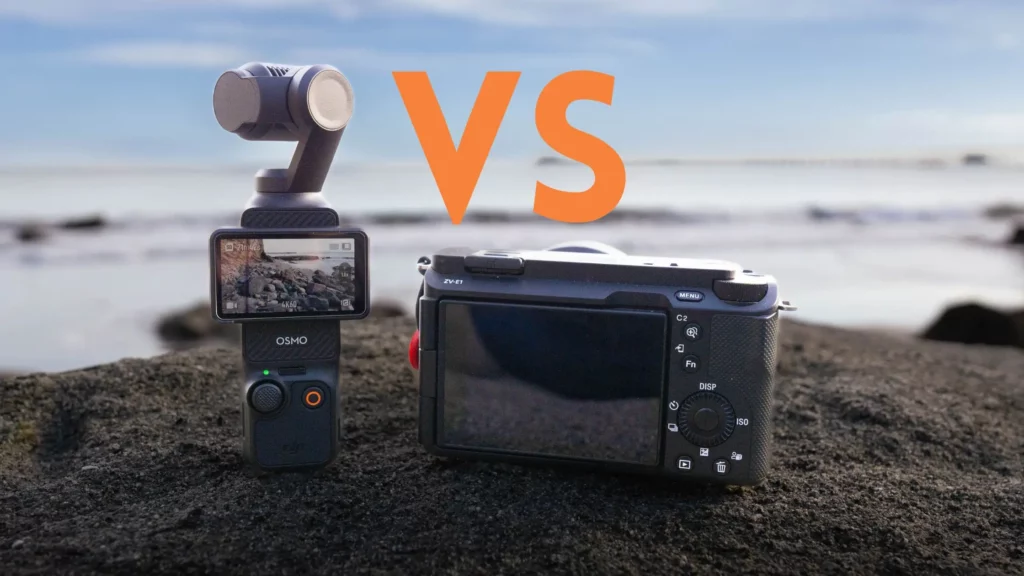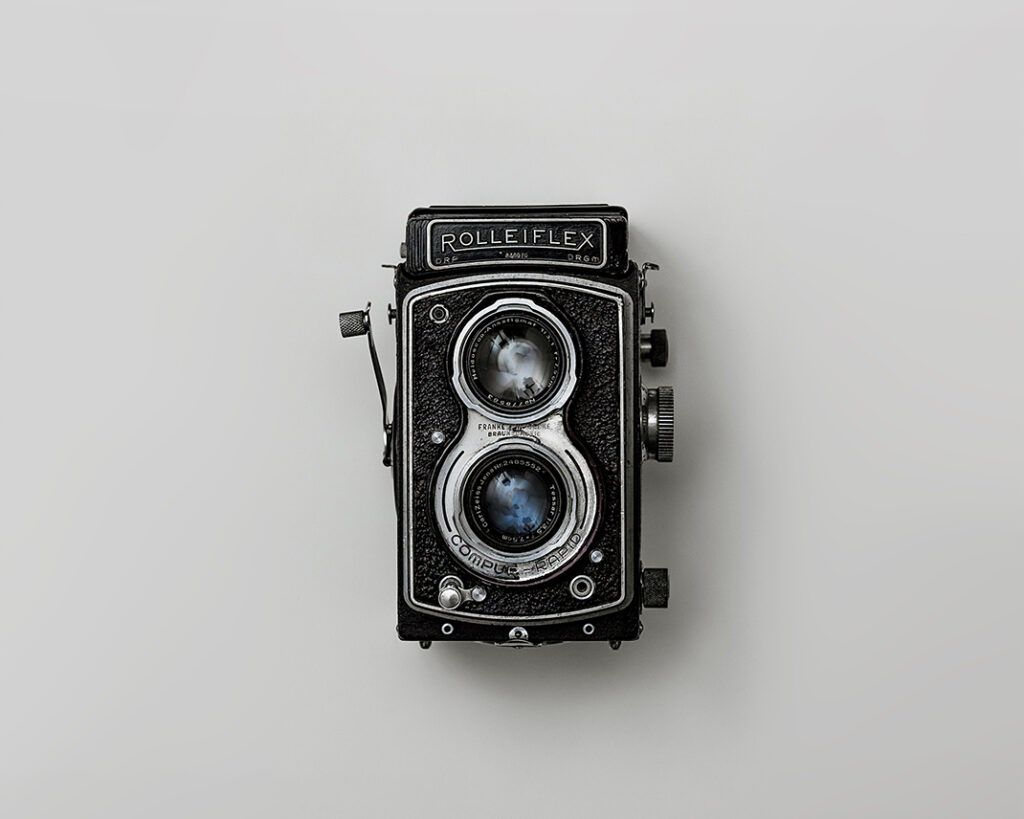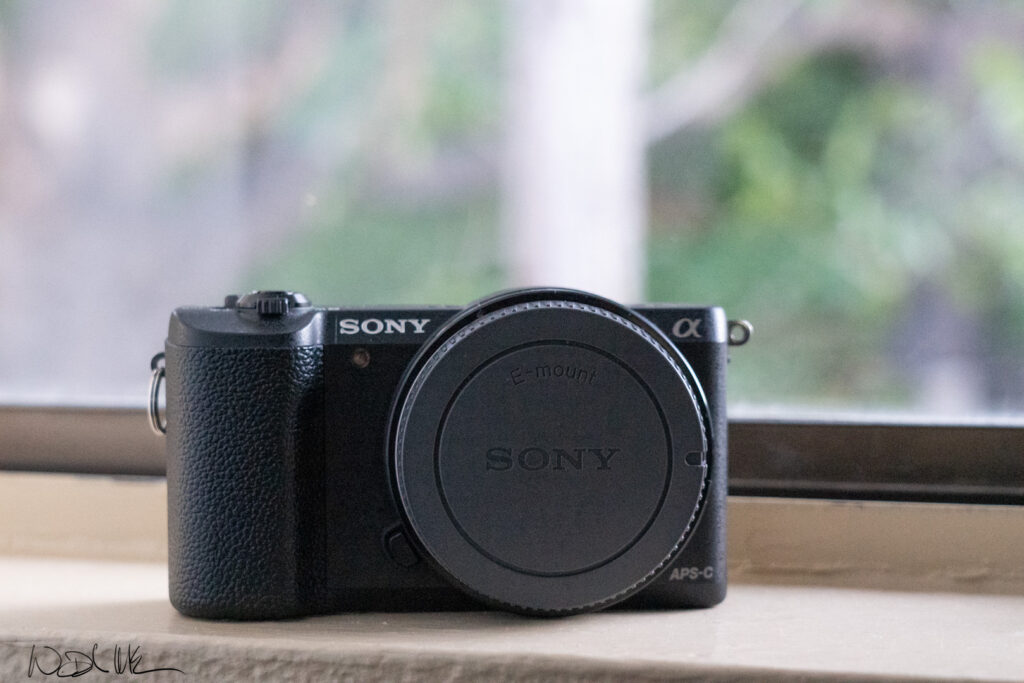I’ve been shooting with the Sony ZV-E1 for the last year. I’ve made countless reviews on YouTube and this website, and it’s one of the best cameras for videos I’ve ever used.
When I saw the DJI pocket 3, I knew it couldn’t replace the footage from my ZV-E1, but I was curious if the footage was good enough for my needs.
After using it for the past month, I’ve found that the footage is somewhat limited in comparison, but it still stands out as an incredible video camera for the value.
Sony ZV-E1
This is the best camera for low light video. It features a 12 mp full frame sensor that shoots 10 bit 4.2.2 4k 60/120 and s-log/cinetone.
DJI Pocket 3
Stabilization
The stabilization in the ZV-E1 and Pocket 3 is surprisingly similar. I tested all the footage with dynamic image stabilization with the ZV-E1 watching the video side-by-side I had a hard time telling the difference.
The footage wasn’t perfect, and both cameras wobble up and down when walking, but the Pocket 3 was the winner. It was less jittery, had better panning/tilting, and much more suitable for handhold work.
When panning with the Sony ZV-E1 it’s much hard to get clean results even when shooting at 60 fps and slowing down the footage.
You’re also going to get a lot more unique gimbal footage with the pocket 3. For example, the pocket 3 has a dedicated gimbal that has FPV mode, tilt lock, and follow. The ZV-E1 only stabilized footage.
The ZV-E1 is also limited when using off brand lenses. I noticed slightly worse video quality when using my Samyang lens when compared to a Sony native lens, but the difference was slight.
Portability
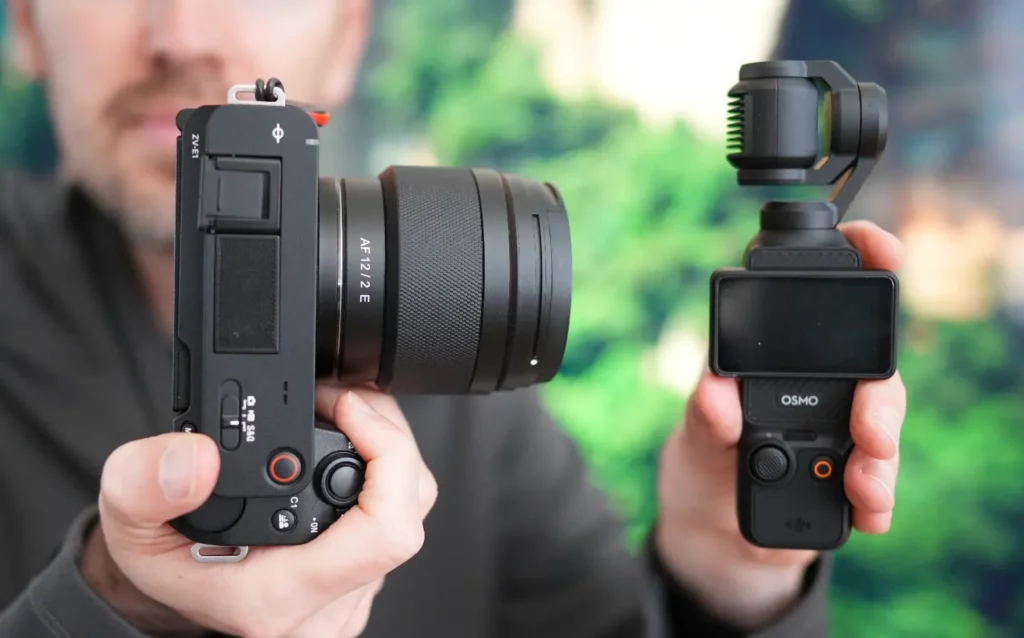
When it comes to portability and ergonomics, the Pocket 3 is the obvious winner. As the name implies, it’s pocketable. With the case on you can easily put it in your pocket and take it everywhere without looking like a videographer.
The ZV-E1 is the smallest mirrorless camera I’ve ever used, and while it’s not pocketable, it’s not the heavy either. It fits perfectly in a small bag, sling, strapped to your neck or capture clip, and It’s easy carry around on longer backpacking trips.
The reason I prefer the pocket 3 for portability is the handle grip. It’s much easier to hold for vlogging or briefcase mode, and that’s how I’m usually holding it. I also love that I can double press the joystick and the camera will return to a level position.
You could also use a small tripod for the ZV-E1, but I find myself not using it as much, and it’s an extra item to lug around.
The pocket 3 is also much easier to film than an iPhone or GoPro. It has a much more comfortable grip and it fits the contour of your hand. I have yet to find anything that makes filming this compact and comfortable to use.
Build Quality
I don’t have much to say about build quality, but if need a rugged device go with the ZV-E1 or a GoPro. The build quality of the Pocket 3 is plastic, and it’s not weather resistant. It’s also difficult place on a flat surface because of the gimbal movement.
Thus far I haven’t had any issues with build quality, but I’m not sure if it would still work if it was dropped.
The ZV-E1 is of a higher caliber. It isn’t water proof, but it performs fine in light rain.
Monitor
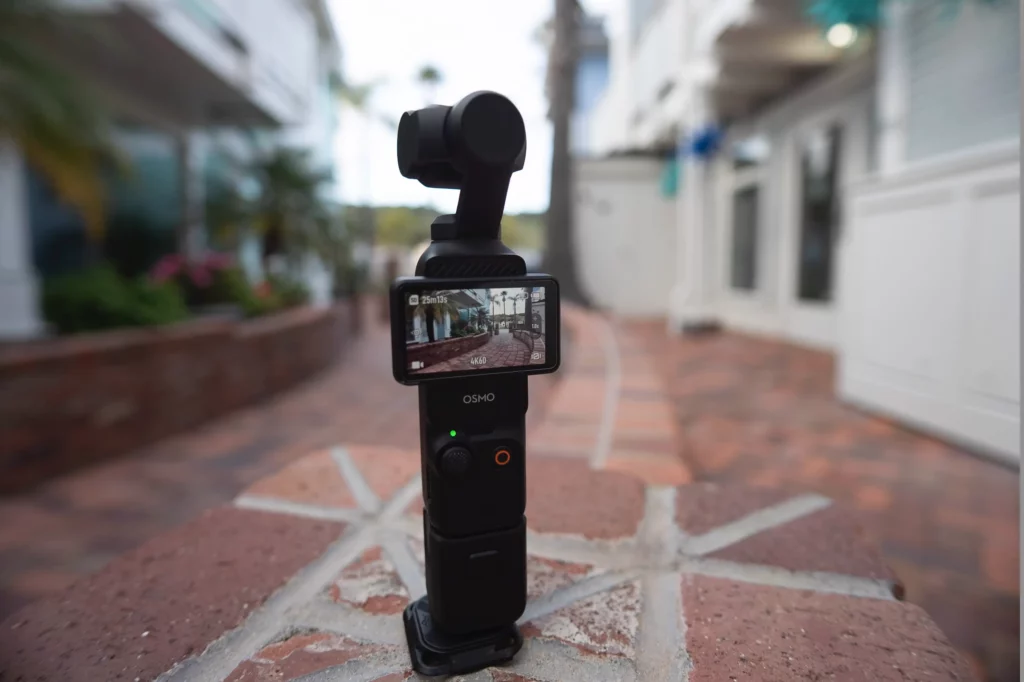
The DJI Pocket 3 monitor size is about 2 inches while the monitor size of the ZV-E1 is 3.25. Sometimes I find the screen size of the Pocket 3 limiting because it’s so tiny. I’m still getting used to it, but the screen on the ZV-E1 is way better and it greatly improves the filming experience.
With that said, you can pair the Pocket 3 with a smartphone, and it actually works really well. So if you really need that screen real estate, you can still use your smartphone as an external monitor.
Transferring Files and Pairing
Transferring files and pairing the Pocket 3 to a smartphone makes video editing so much more convenient. This function is available for the Sony ZV-E1, but the process is painful.
Most of the time my ZV-E1 fails to pair to my smartphone, and downloading video files are impossibly too large to work. This works much better on the ZV-E1 for photos, but even then it’s usually too much of a hassle than inserting the SD card into the card reader.
The Pocket 3 has a micro SD card, but I usually don’t need it. In most cases, I can transfer the files directly onto my iPhone and airdrop them to my computer.
DJI appears to be the winner when it comes to file transfers. I still have issues with my new GoPro and I still have to pull out the micro SD card and plug it into my card reader.
DJI’s system isn’t perfect. It would be nice If I could airdrop the files directly to my Mac, but it’s much better than any other camera I’ve used.
Image Quality
The image quality is actually quite good from both cameras. I prefer the color science of the ZV-E1, noise, and it’s also better due to the ability to change lenses.
Below are screen shots from video between the ZV-E1 with the 20mm 1.8 and the Pocket 3.
Standard Picture Profiles
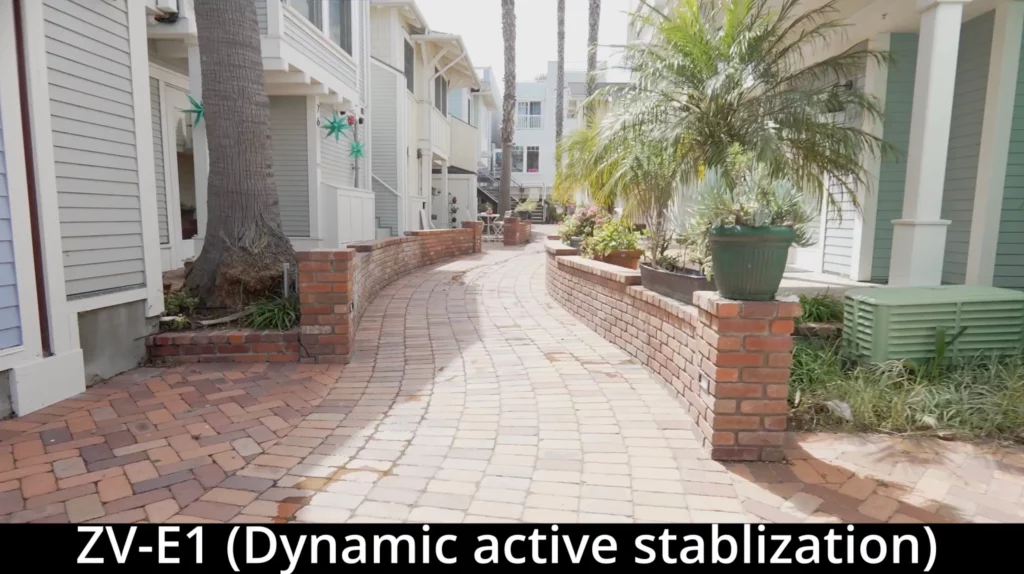
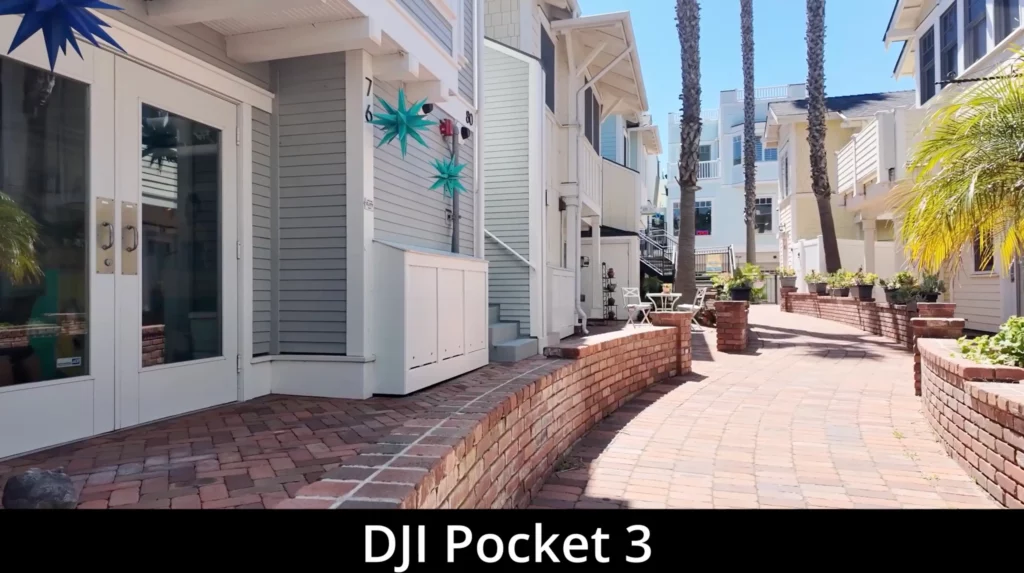
You can see here that the ZV-E1 has less sharpness and saturation when compared to the Pocket 3. You’ll also notice that the Pocket 3 has better HDR as apparent in the sky. The Sony also has a slight green tint.
S-Log and D-Log
Log footage on the Zv-E1 is much more flat than the DJI Pocket 3. I actually prefer a flat profile and I think DJI has a great Log profile without needing correction.
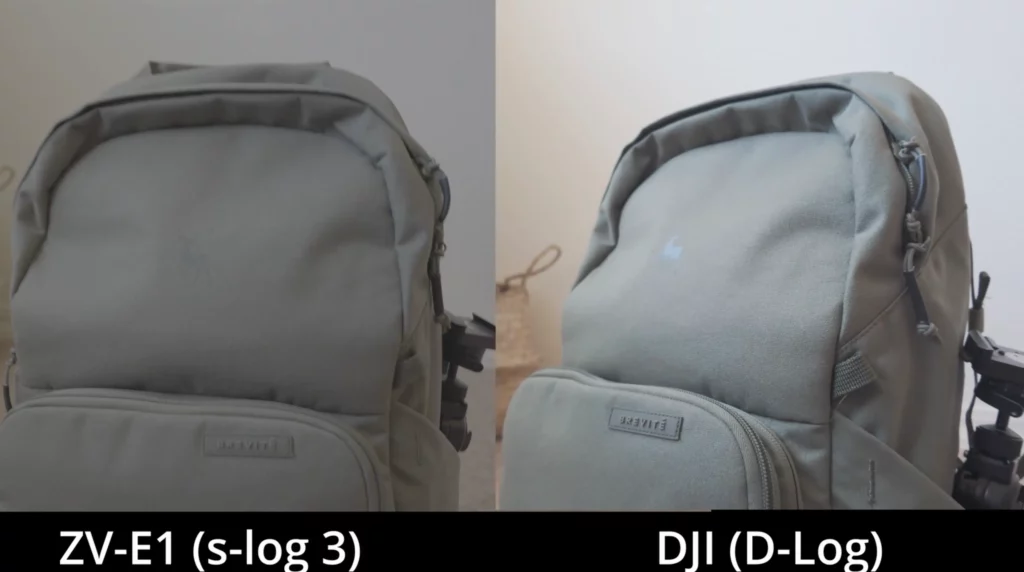
The ZV-E1 lacks the contrast, but when corrected it hangs on do a lot more dynamic range.
Corrected Log Profiles with Rec 709
I’m not the best a color correcting, but you can notice a pretty large difference when making color correction between the two video files. Both the Pocket and ZV-E1 are shot in 10 bit, but there is a much better range with the ZV-E1.
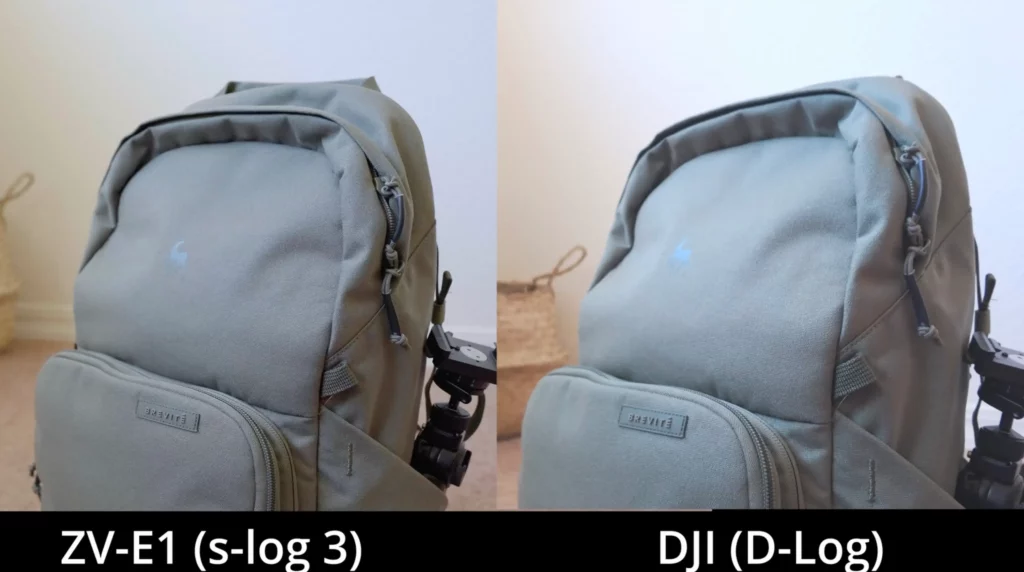
Notice how the highlights on the right are clipping. This may be from my camera settings, but I was trying to get the brightness on the Pocket 3 to match the ZV-E1.
Overall, I prefer the log footage of the DJI the best and think it’s the most true to life, but I also really like the S-Cinetone profile that is offered by the ZV-E1. Either one of these profiles are great.
Low Light Comparison
The ZV-E1 takes the cake for low light due to its impressive low light sensor. It’s probably the best low light sensor you’ll find in any mirrorless camera.
The Pocket 3 has a decent low light mode, but it pales in comparison with the ZV-E1. In the screenshot below, both cameras are struggling in low light, and I’m actually surprised how well the DJI Pocket 3 performed during these low light conditions.
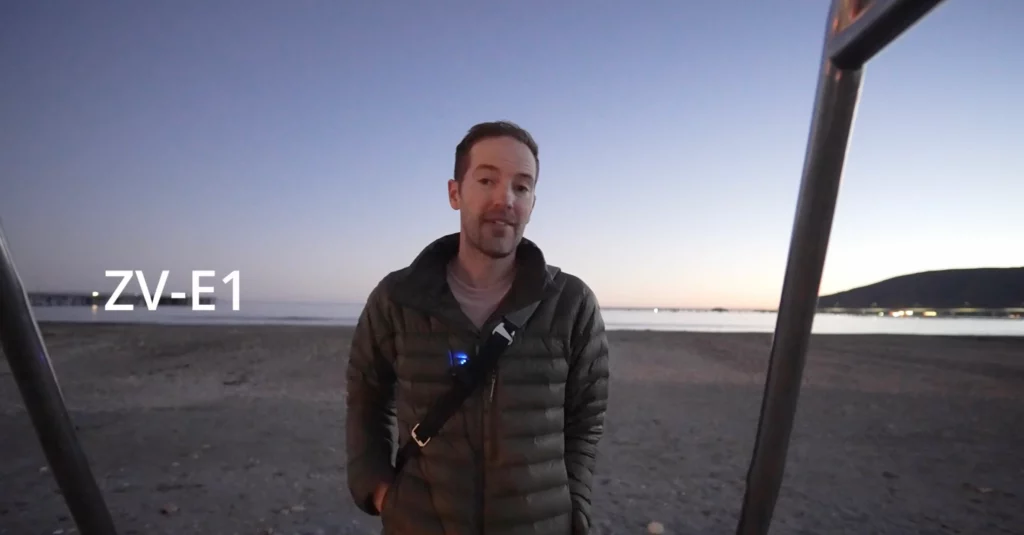

Another thing to note is the ability to track the face in these low light conditions. The ZV-E1 is able to track the face better. It also keeps my face well lit, while the Pocket seems to be struggling here.
Can the DJI Pocket 3 replace the ZV-E1?
I’m obsessed with comparisons, and I’d have to say that for most situations the pocket 3 can replace the ZV-E1. With that said, if you’re doing any low light work or need professional video footage, I would use the ZV-E1.
The low light images above are a clear reason to choose a full frame camera over a much smaller 1″ sensor, but if you’re someone who wants something more pocket friendly, easy to use, with better stabilization, just get the pocket 3 already.
DJI Pocket 3
This is the smallest pocketable camera with a one Inch sensor. It’s like a mini mirrorless camera with a gimbal attached.
As for me, I sticking with the ZV-E1 for low light, and using the pocket 3 for the majority of my daytime videos.
I hope this was helpful. Subscribe below to get updated videos and articles related to photography.

